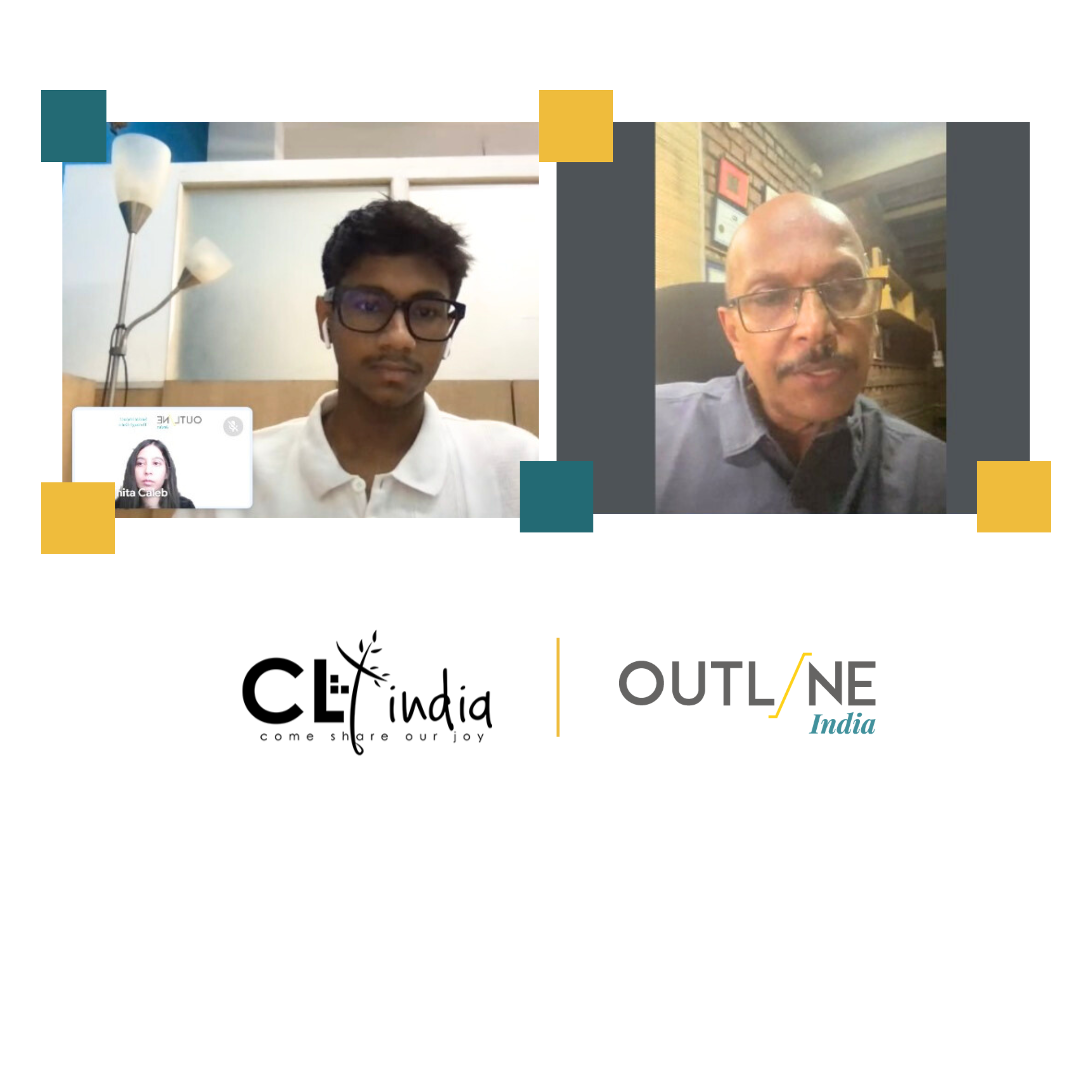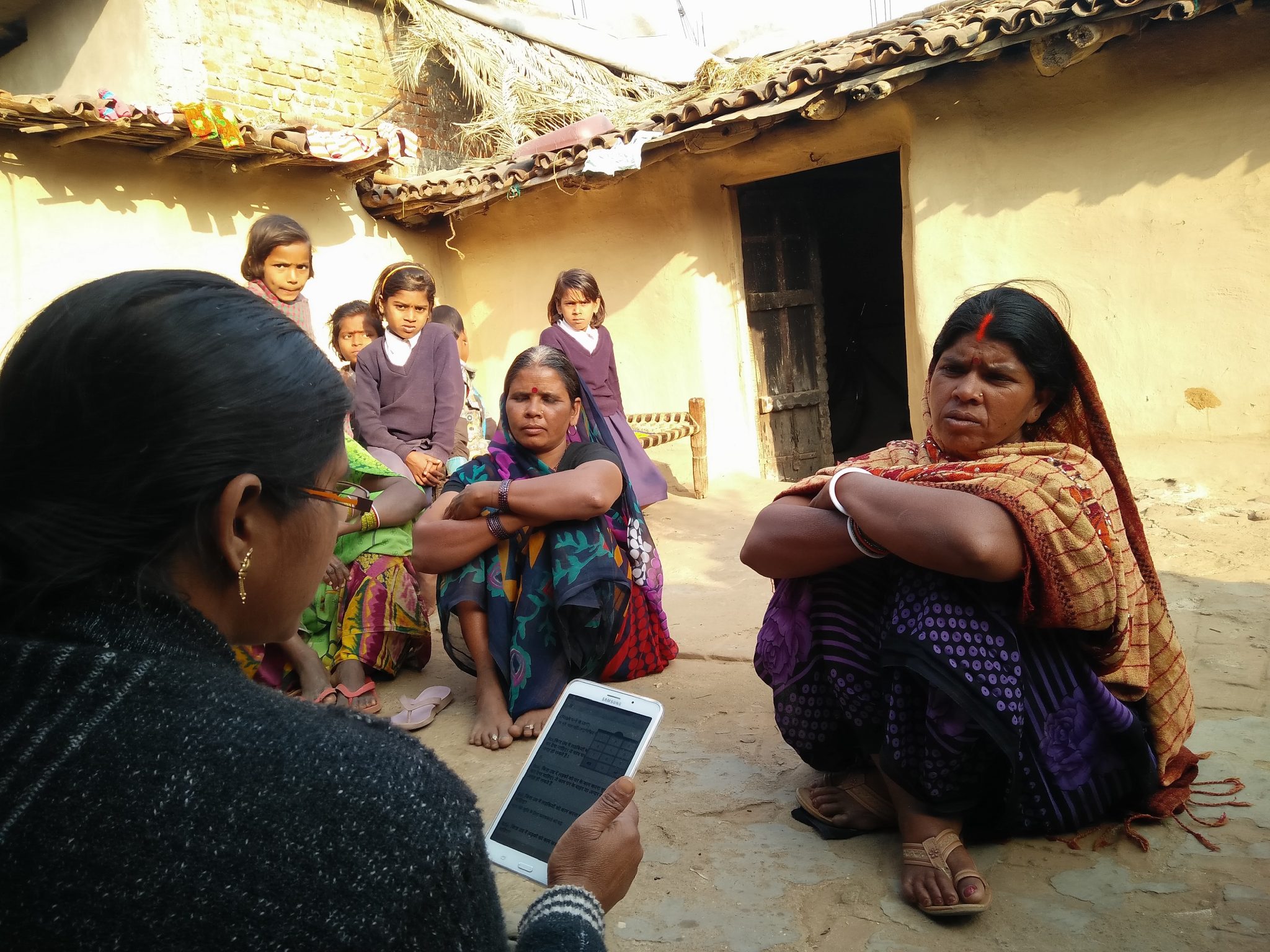Blog Details
It has been almost eighteen months since the Covid-19 infection was declared as a pandemic by the World Health Organisation (WHO). With a high degree of mutation, the virus has severely impacted India, especially during the second wave. The neighbouring states of Nepal and Bangladesh have also been drastically affected and are still seeing a surge in cases due to the new variants of the virus. The flouting of covid appropriate behaviours has also made the third wave inevitable. This makes quick and appropriate vaccination of the population in the low- and middle-income countries an integral step to restore some levels of normalcy.
India, as of the second week of July 2021, has fully vaccinated only around 6% of its population against Covid-19. The coverage in Bangladesh and Nepal stands lower at 2.6% and 3.6% respectively. One of the major hurdles in achieving appropriate levels of immunization is the widespread Vaccine Hesitancy. The WHO recognised Vaccine Hesitancy as a global threat in 2019 and defined it as reluctance or refusal to vaccinate despite vaccines’ availability. It proves detrimental not only for the individual but also risks the general health of society. As per a Sewa Bharat survey in April-May 2021 covering 1500 Sewa Workers, only 17% were willing to vaccinate while 44% were uncertain. While in Bangladesh, a study shows that 8.5% are unwilling to vaccinate and 17% are uncertain, however high vaccine hesitancy prevails amongst the rural people, slum dwellers and daily labourers.
The vaccine-hesitant behaviour prevailing in these South Asian countries stem from a number of reasons including the mindset of the people based on misinformation, lack of trust in operational and logistical caveats such as accessibility, lack of healthcare personnel and infrastructure and loss of a day’s or two’s wage.
Misinformation
Misinformation and rumours have plagued the vaccination drives. Impotence and Infertility as a result of vaccination, fatalities caused post taking the first dose and a general mistrust in the government’s initiatives have served as some of the deterrents. This has been fuelled by social media which has led to the quick propagation of false information. Further, information travelling through family, friends and neighbours have also led the misconceptions around vaccines to spread. The Sewa Bharat survey showed that 72% of its respondents stated that one of their key sources of information were the neighbours, friends and family.
Fear is natural in the context of a new vaccine. However, coupled with a lack of trust in the healthcare system, it has caused a large portion of the population to believe that the vaccine would cause more harm than good even when scientific evidence proves otherwise. Moreover, negative incentives such as threats to remove names from PDS and other government services have strengthened the fear and pushed people further away from the vaccination drive.
Operational Caveats
One of the major reasons for vaccine hesitancy is a prior negative experience with healthcare providers in both the public and private sectors. Due to an insufficient workforce, healthcare workers are often under extreme duress and pressure thus lacking the empathy and patience to address the concerns of a vaccine-hesitant population or spread awareness. Moreover, poor treatment by the healthcare provider can further negatively impact the general trust of an already hesitant individual.
Another factor is the lack of access to immunisation drive due to trade-off between daily wage and long-term health. These camps are usually held at inconvenient locations and times and thus require the urban poor to miss their day’s work to get their child immunised. A community-based cross-sectional study conducted in Mumbai identified the loss of daily income as one of the most frequently reported factors for missing childhood immunisation in slum areas. Moreover, apart from the few vaccines offered for free under the Indadhanush scheme, there is an additional real cost that the workers have to pay for some of the new vaccines as they are not offered for free.
Vaccine hesitancy is also observed within the highly educated urban rich. A common fear with vaccines is the pain and fear of needles. Moreover, in certain areas, due to overcrowding of vaccination schedules, healthcare workers and parents have concerns to administer several vaccines during a single visit. Additionally, suspicions towards newly introduced vaccines, as well as doubts about the need to vaccinate against diseases that are uncommon, are recurrently reported in the Indian population. Social ties also greatly affect attitudes towards vaccination. A clustering of vaccine-hesitant communities was seen during the oral polio vaccination campaign. False information and rumours spread very rapidly in these communities
Lack of information, education and communication training modules for the grassroots health workers to counter vaccine hesitancy and further the lack of proficiency in local language also increase the accessibility barriers.
Vaccine Hesitancy- Not a New Phenomenon
The Phenomenon of Vaccine Hesitancy is not unique to the Covid-19 drive. Similar incidents were reported during the Polio Campaigns in India.
“We will not let the other children be vaccinated. We want to know why the government is so keen on protecting our children against polio when it pays no attention to other diseases that strike us. We have heard the polio drop makes male children impotent,” was what a Muslim mother told the Deccan Herald.
The family’s anger at an uncaring, dysfunctional healthcare system helped seed irrational fear and complete distrust of “outsiders”, especially health workers and field operatives of international agencies. This was seen in particular communities like the Muslims where they believed that vaccination would make them sterile.
However, India got over this vaccine hesitancy by involving the previously silent religious leaders and community influencers who dealt with the concerns of these particular vaccine-hesitant communities, helped to spread awareness and information and thereby successfully overcome vaccine hesitancy.
At the same time, there was an increased supply of healthcare working as well as communication training of existing providers which led to a positive experience with the frontline healthcare workers who were able to empathetically address the concerns of a vaccine-hesitant population. The immunisation drives were also made more accessible to everyone with door to door vaccinations.
Way Forward
Due to the similar demographics, the problems associated with the currently prevailing Vaccine Hesitancy are similar in India, Bangladesh and Nepal. However, local and decentralised methods are required to overcome it and ensure that adequate levels of vaccinations are reached. Initiatives based on the learnings from the polio drive involving religious leaders, local influencers and local language and door-to-door drives taking vaccination to the people could be a starting point. The model of Viewan, a village in Kashmir that became the first village in India to vaccinate all its eligible population with the first dosage against Covid-19 could be altered as per the needs and adapted to different areas. Further, a vaccination approach based on the NORM method for Mask-wearing including No-cost, Offering Information, Reinforcement, and Modeling by trusted leaders as tried in South Asia could be piloted and tested. Other initiatives like positive incentives to vaccinate, compensation for the lost wage, and free or subsidized post-vaccination medical facilities if systematically implemented could reap positive outcomes in overcoming vaccine hesitancy.








David Angel Makel
IT ConsultantIt is a long established fact that a reader will be distracted by the readable content page looking at its layout point of using normal